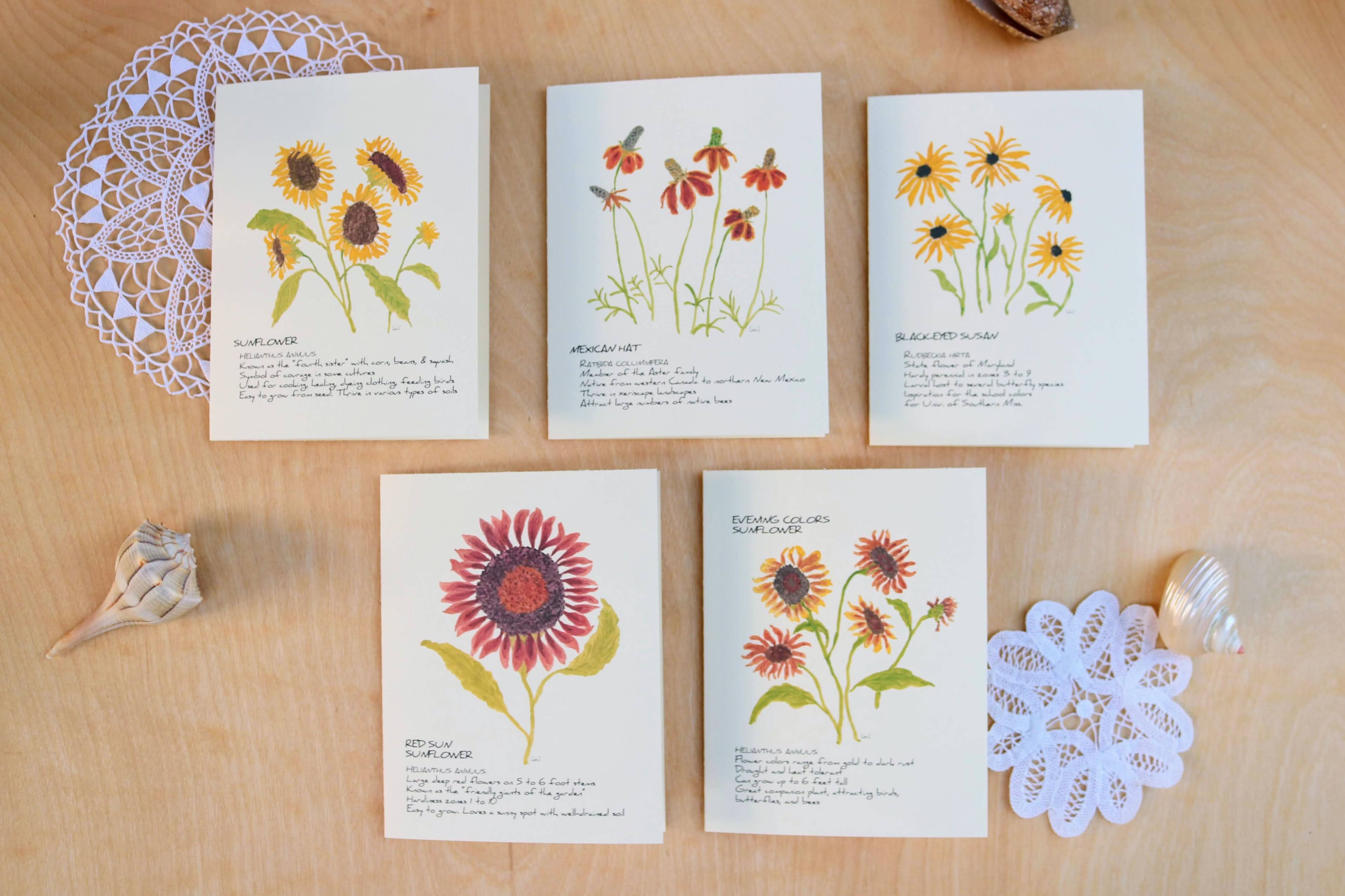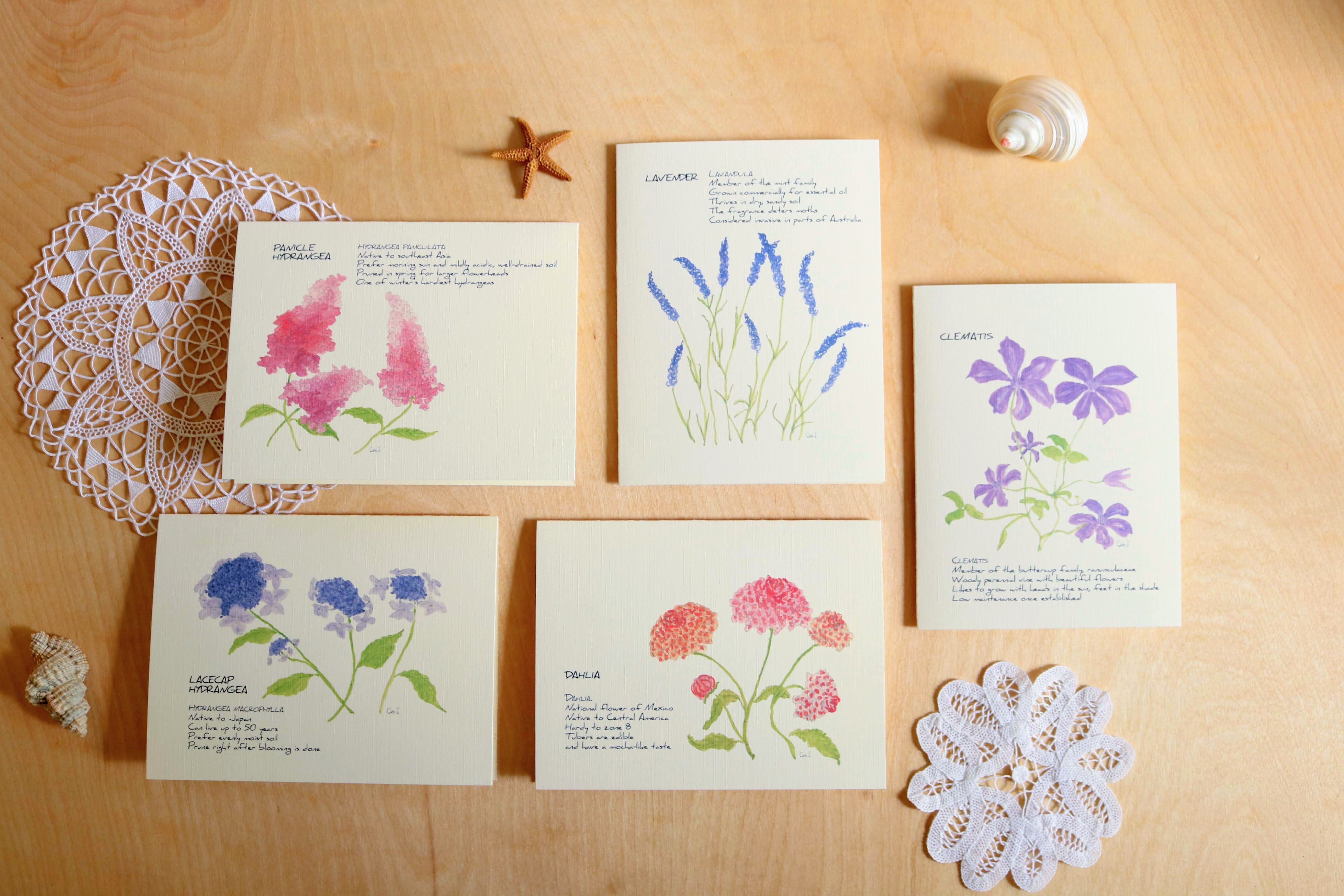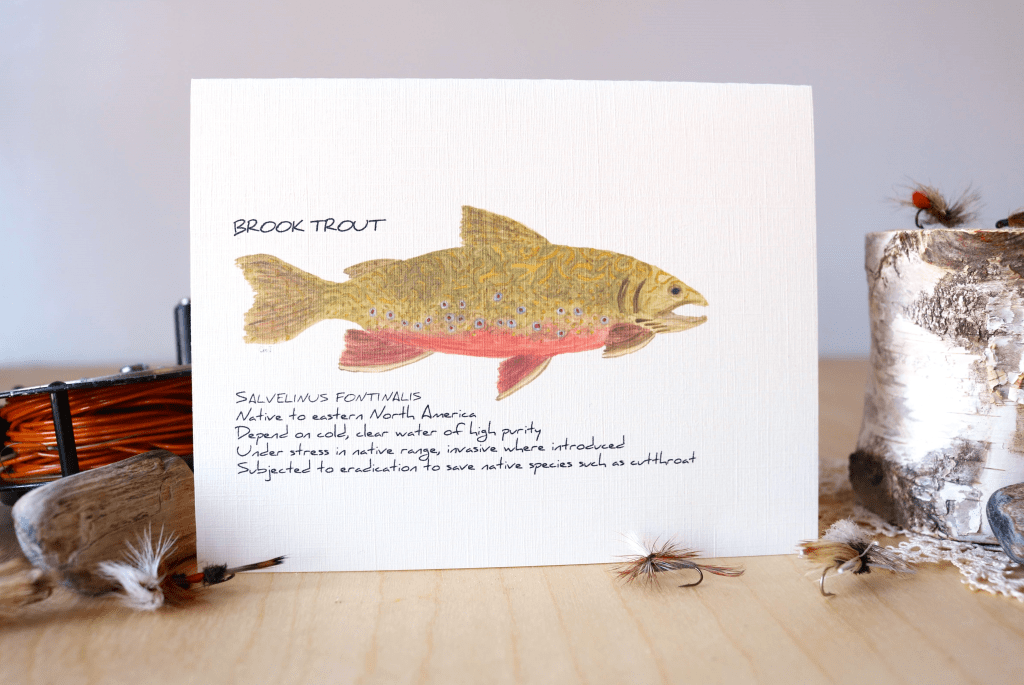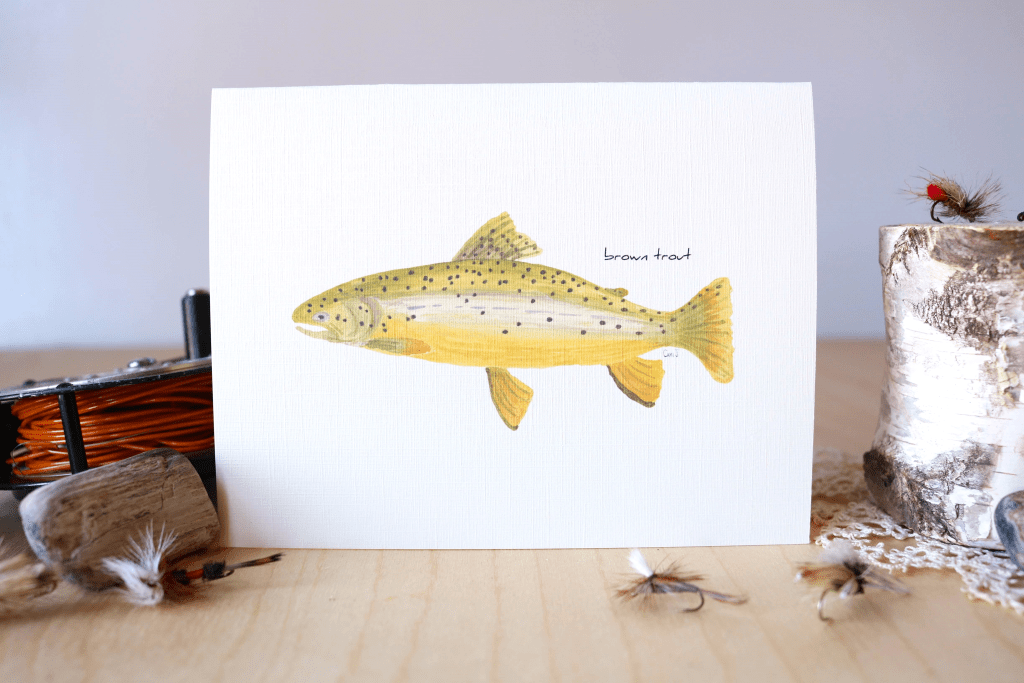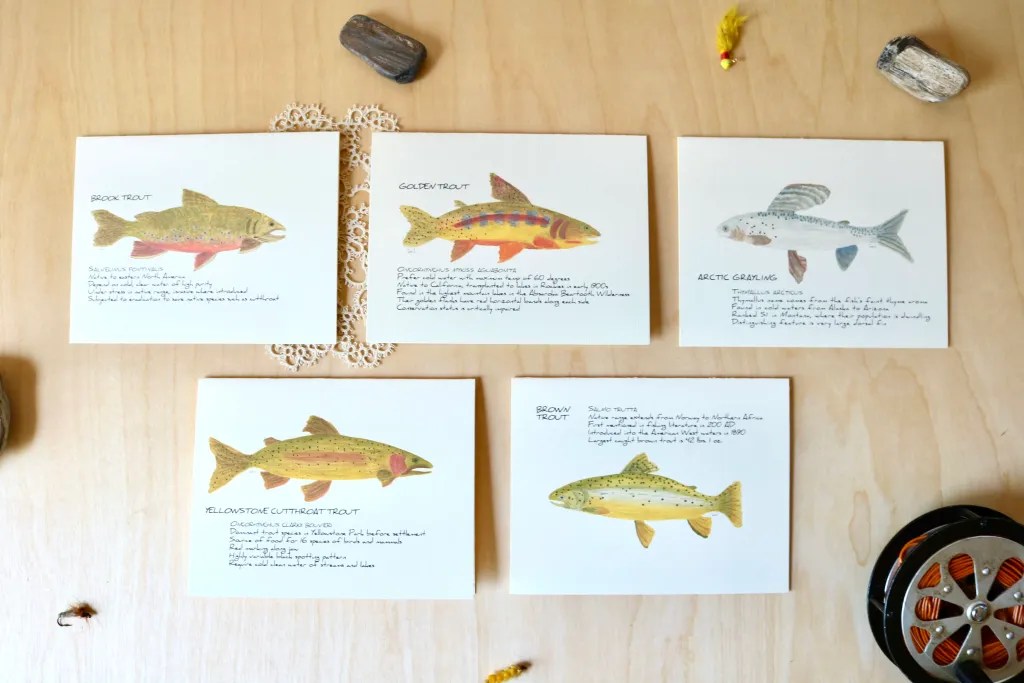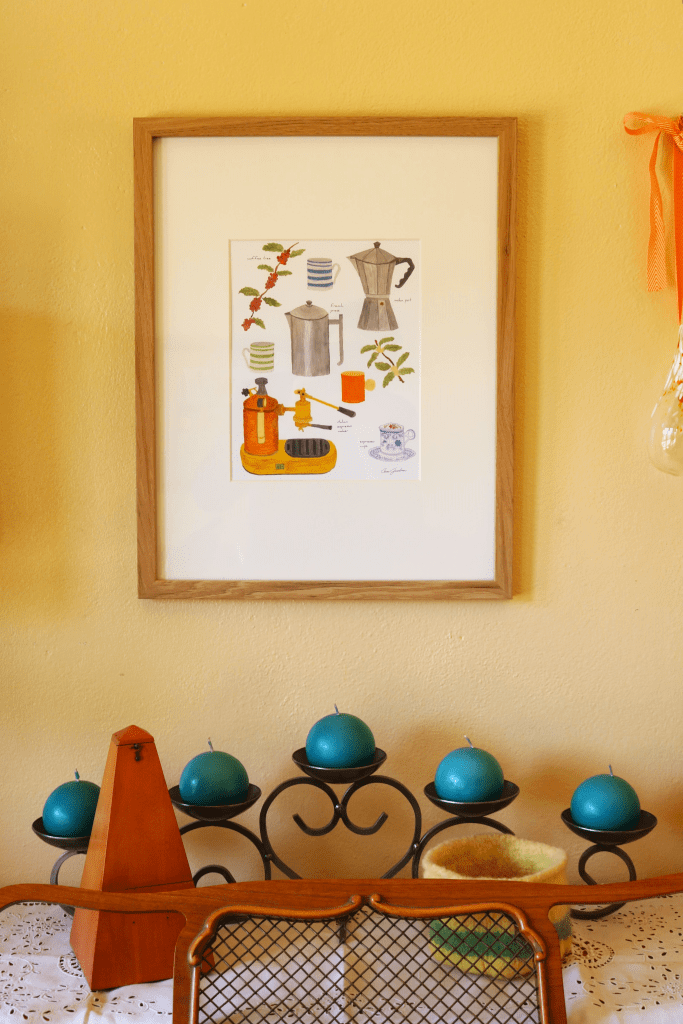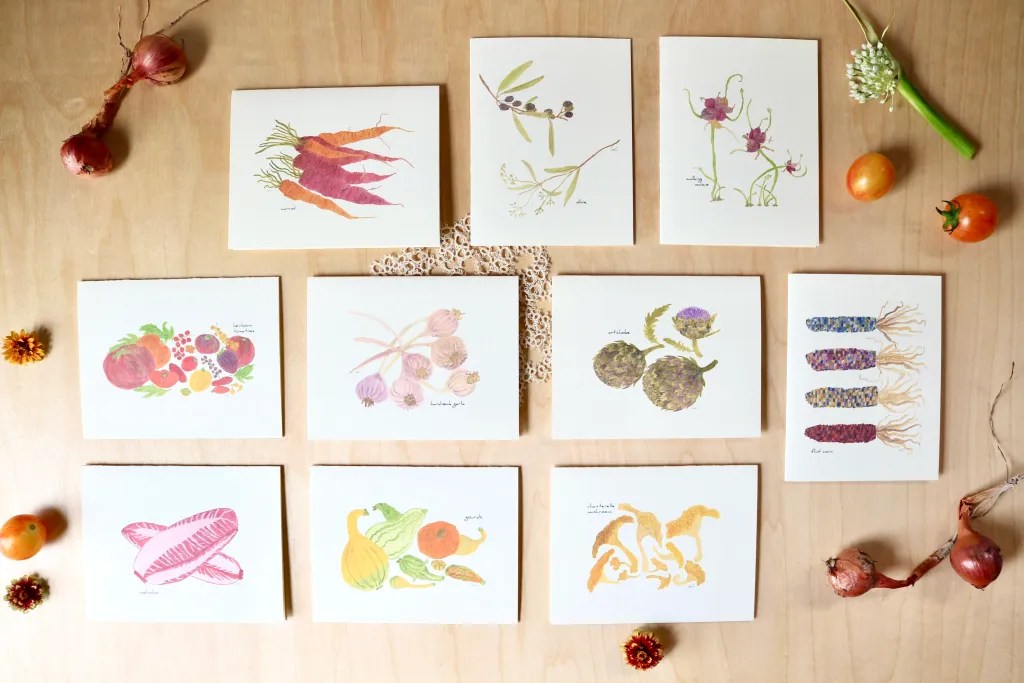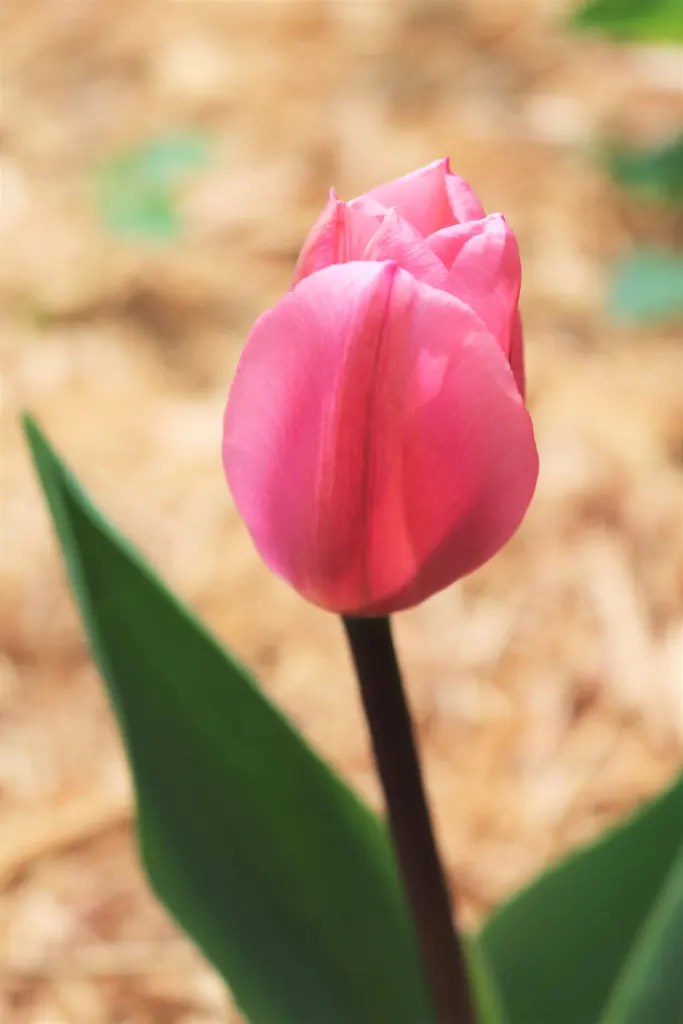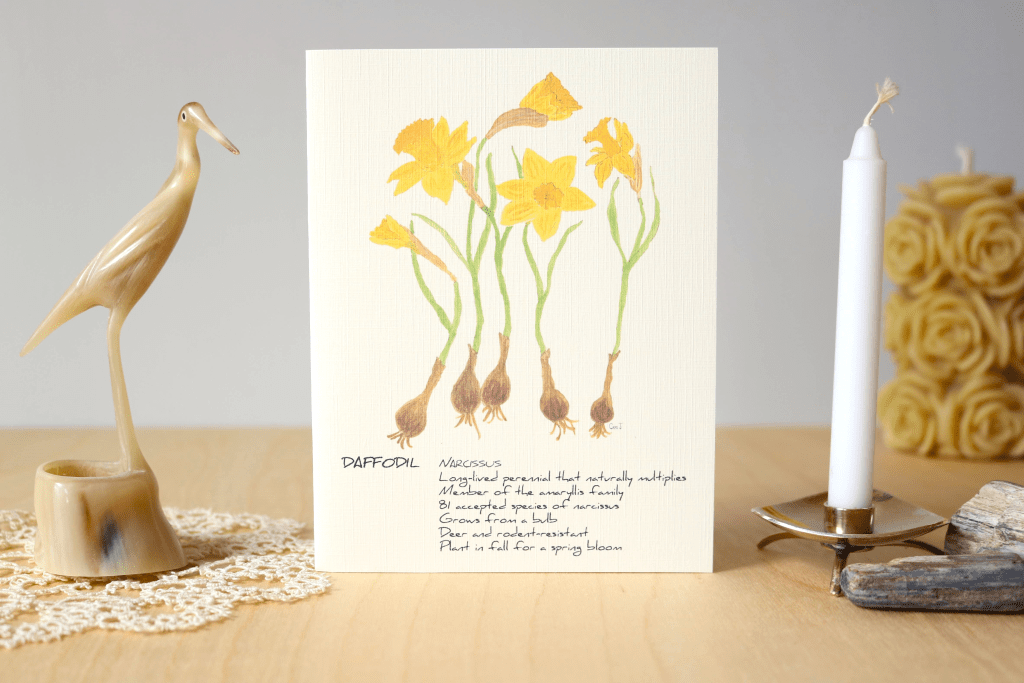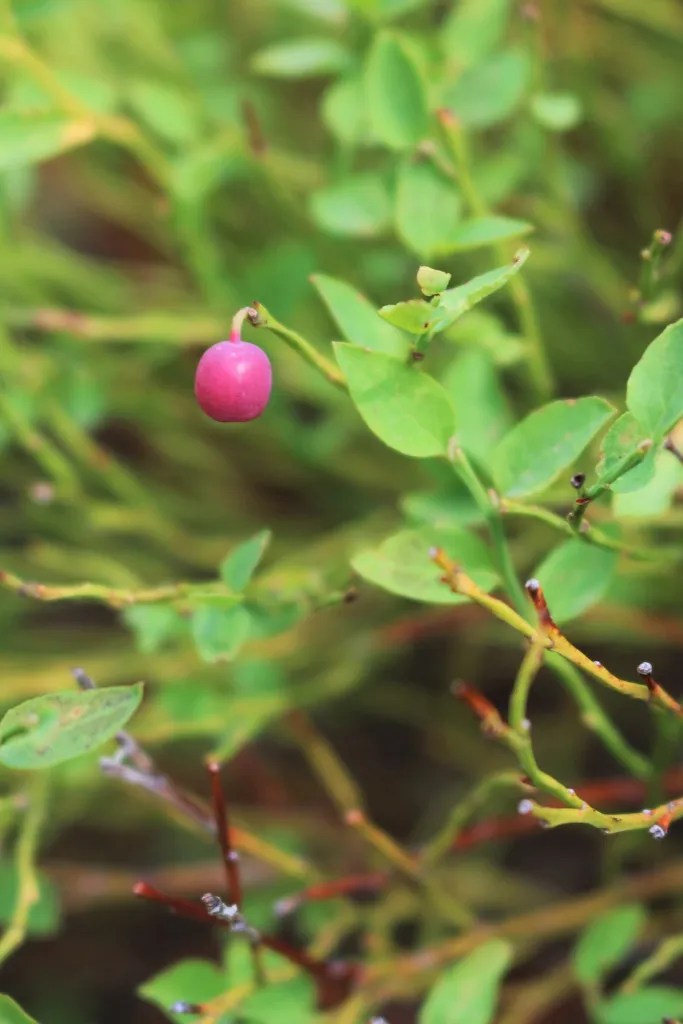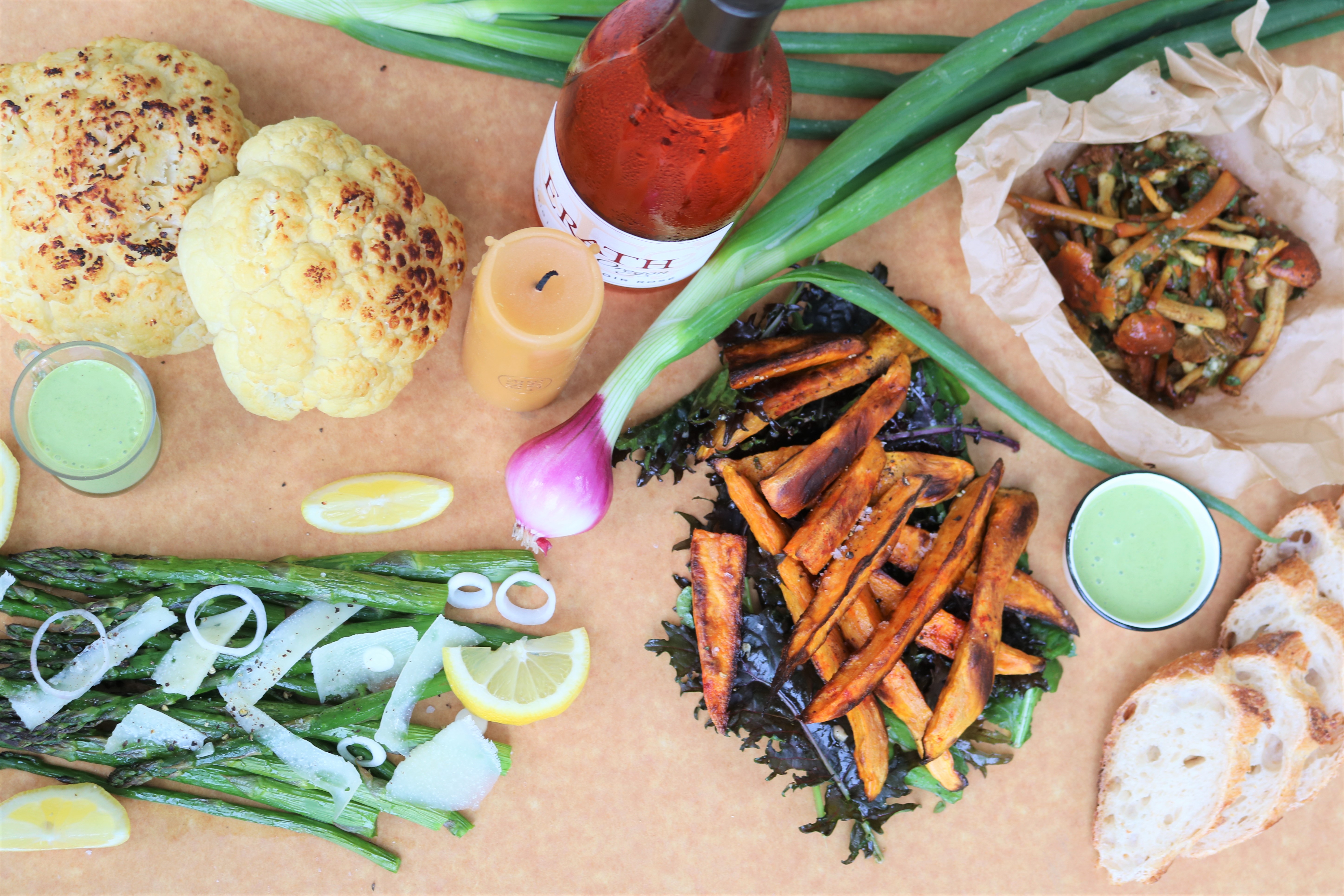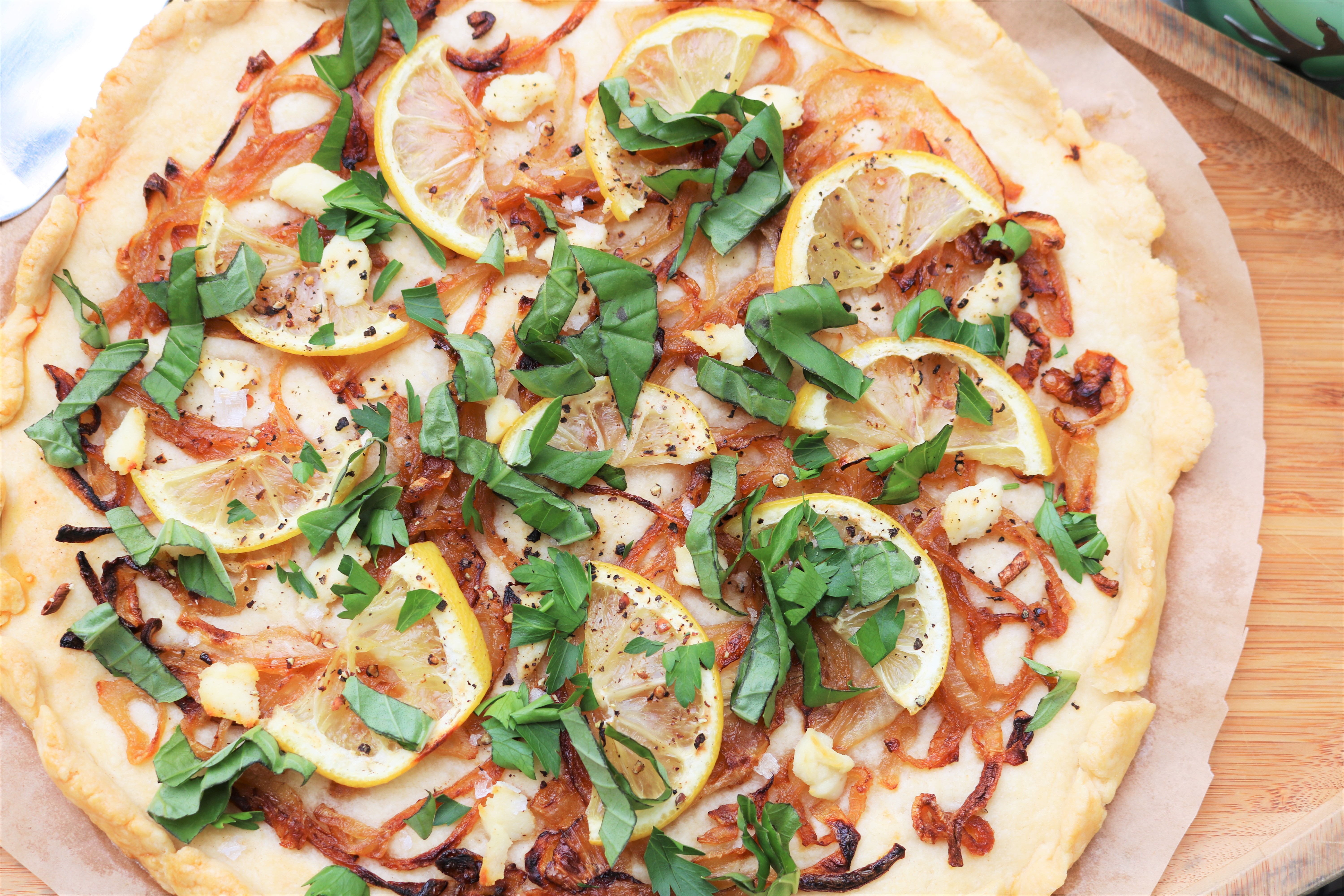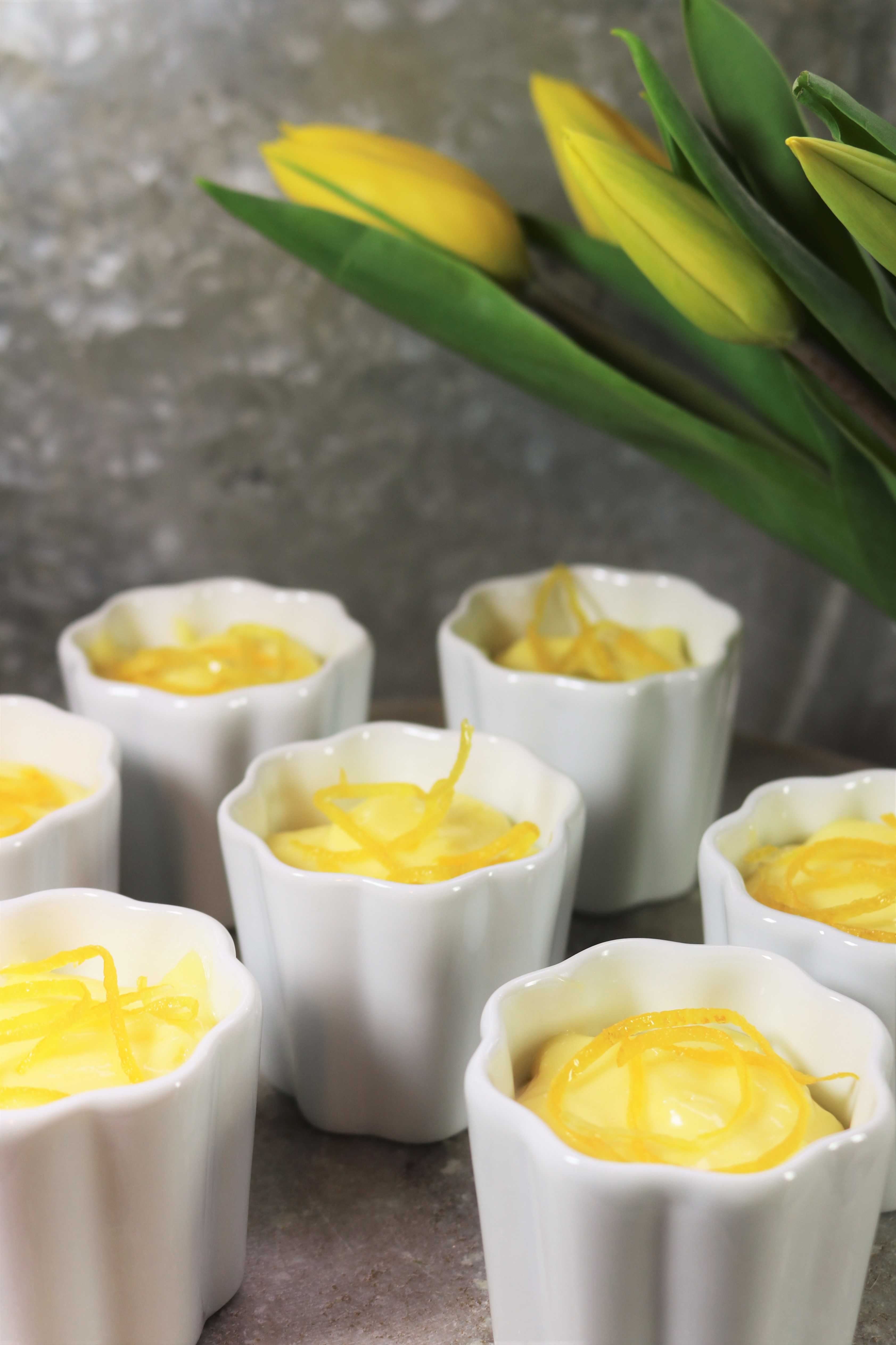
Can I admit to you, my dear friends, that I sometimes find the Thanksgiving meal boring? There it is. Out in the open. But hear me out. This is one holiday where we are all tied to the exact same meal on the fourth Thursday of November. To make matters worse, usually we use the exact same recipes as we always have and often the same as our mothers did before us.
Don’t take this the wrong way. This boredom doesn’t take anything away from the value and appreciation I place on Thanksgiving as a holiday. Or, for that matter, my love of the month of November.
The Glories of November
November really is an unsung month. It no doubt has middle child syndrome. But like a middle child, November has charming characteristics all its own. For me, it’s a relaxing month. The busy rhythm of summer has ended, and the craziness of December is yet to begin.
I spend more time sipping coffee. Long evening walks watching crisp and clear sunsets become the norm. I start making braises and soups, all the warm cozy foods. I wash windows and organize my closets, taking out all the wool, knitted pieces I’ll need in the winter months. Taking long deep breaths of relaxation, I catch my breath. By the end of the month, I am fully thankful, if for nothing less than for having had a wonderful month.
What’s to Love About Thanksgiving?
As far as the Thanksgiving holiday goes, it has much to offer. First, the purpose of giving thanks is something essential to our well-being. An attitude of thankfulness changes how we view life. In my experience, we always have something to be thankful for, no matter the situation. When we find those things and are grateful for them, it’s like the dawn of a new day.
What’s Not to Love …
All this said, I have to admit I’m not thankful for canned sweet potatoes topped with toasted marshmallows. I’m not super thankful for glazed carrots or green bean casserole, canned cranberries, shredded carrot jello, or grocery store pie. While I appreciate the tradition that goes along with the decades of serving these menu items, I can’t help but think they’re boring. And even though all the mothers that have gone before us (God rest their souls) might disagree, they’re not that tasty.
What I’m Doing About It
It is with this combination of boredom and a healthy respect for tradition in mind that I have ventured on a quest. How do I un-bore Thanksgiving dinner and add some zing to the menu items, all the while keeping it fairly low on the labor-intensive spectrum?
Dessert
Let’s start with dessert because, well, why not? The capstone is always a good place to begin. I’m considering whether to remove pie from the menu altogether … There has to be something more spectacular that can serve as a replacement. But the stakes are high. If I don’t succeed at dessert, my family may boycott the meal altogether.
To make the day flow easier, I’m going to choose a dessert I can make a day or two ahead. The first thing that pops in my mind is pumpkin cheesecake. Cheesecake needs to be made in advance, and my recipe is delicious. However, it is still mildly boring, plus I’ve made it for Thanksgiving before. Perhaps pumpkin tiramisu or a pear galette. Either would be delicious and interesting enough.
But I finally settle on a goat cheese cheesecake topped with cranberry gelee and salty/sweet pecans. Oh, and individual persimmon pudding cakes served with cinnamon whipped cream. Cranberries and persimmons are two of my favorite fall fruits. The creamy cheesecake counters the freshness of the cranberry gelee, a true show stopper. As a nod to those who must have pumpkin on Thanksgiving, I may have a few individual pumpkin custards sitting in the wings.
Turkey
Moving backwards in the meal is the piece de resistance, the turkey. I have to tell you that I could probably write a book named “55 Ways to Cook a Turkey.” I’ve tried them roasted right side up, upside down, brined, marinated, high-heat roasted, slow-roasted, stuffed, unstuffed, rubbed with herb paste under the skin, rubbed with herbs on the outside … I’m always searching for ways to make the turkey both flavorful and tasty. But the preparation must be simple. There are enough parts to this meal that I don’t want a complicated turkey recipe.
The challenge is keeping the turkey meat moist while also making it delicious and unique. After much thought and research, I am going to use a hybrid of one of Thomas Keller’s recipes, Bouchon Roast Turkey. Here he uses a mix of techniques to achieve two of my three criteria. This turkey will be both moist and delicious.
He starts by soaking the meat in a brine mixture of lemon, garlic, herbs, pepper, and kosher salt. This particular combination of ingredients will really amp up the flavor of this bird. He then uses a high heat method to cook the turkey. The theory behind doing this is that the higher temperatures of the oven seal the juices inside the bird, making it more moist.
The Accoutrements
As far as the side dishes go, they happen to be the favorite part of the meal for most of my family. The edict from my clan has always been, “Don’t mess with the side dishes!” Thus, my challenge is to change things up without changing things up too much.
Cranberries
Typically, I like the cranberries to be unadulterated, cooked with just water and sugar. This year, though, I am going to make a second cranberry sauce with added apples. I’ll substitute apple cider for some of the water and add a finely chopped apple to the cranberries before cooking them. The extra sweetness from the apple and cider is enough that I won’t need to add any sugar in the recipe—always a good thing.
Sweet Potatoes
I’ll whip the sweet potatoes into a puree, adding a bit of cream and mascarpone cheese to make them creamier and increase the richness. The marshmallows will stay in the pantry. I prefer sweet potatoes to be on the savory side of the flavor wheel.
Stuffing
Stuffing is something one never wants to skimp on, so this year I’m going to amp up the classic version using dried sourdough bread from a local bakery, sautéed Italian sausage, garden onions and celery, and an abundance of herbs harvested from my garden.
Green Bean Casserole
In homage to certain members of my family, I’ll make green bean casserole. Mine, however, will use fresh French green beans, mushrooms, shallots, and thyme sautéed in butter and sherry vinegar, then finished with heavy cream, salt, and pepper. I’ll cover it with crispy fried shallots. Now that is my kind of green bean casserole!
A Spot of Something Sweet
Lest anyone get faint from hunger during the football game, I am adding a new iteration of snickerdoodles, chai-spiced. They’re a standard snickerdoodle dough rolled in a mixture of sugar, cinnamon, cloves, nutmeg, and cardamon. What a delicious riff on a classic cookie.
I Can’t Forget the Dinner Rolls
Alas, I would be remiss if I failed to mention everyone’s highlight. These homemade dinner rolls entered my family’s Thanksgiving tradition more than twenty years ago. They have been deemed essential, and thus, they must be freshly made on Thanksgiving Day. God forbid day old dinner rolls …
You wonder why these humble rolls hold such a hallowed spot? Firstly because their aroma when baking is what wakes everyone up in the morning. Coffee and fresh dinner rolls enjoyed in your pajamas are a highly valued tradition in our house. In the evening, they become a necessary component of the ubiquitous turkey sandwiches. With all this early and late ingestion of dinner rolls, you are no doubt wondering if there are enough for the actual meal. Don’t tell anyone, but I tuck a certain percentage away only to bring them out for the Thanksgiving meal itself.
There you have it. My rough and tumble plan for this year’s Thanksgiving meal. Hopefully you glean a few bits of inspiration from my slightly askew interpretation of the meal. Now that this planning is out of the way, I’m going to sit down with a cup of tea and try to figure out how to make my December more like its easy-going sibling, November.

















